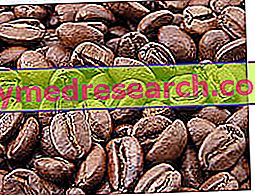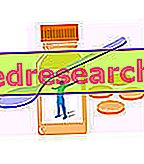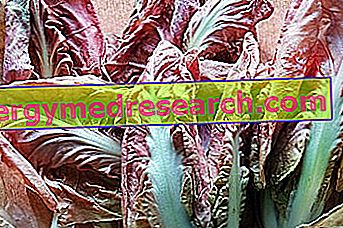Caffeine (1, 3, 7-trimethylxanthin) is a stimulant, therefore a nervine, which belongs to the purine family. It is naturally contained in some natural products from which food and drinks are obtained: coffee seeds, tea leaves, cocoa, energy drinks, chocolate, guarana, etc.
Caffeine is a molecule that actively interacts with metabolism, also thanks to its ability to stimulate catecholamine production. Caffeine intake can cause numerous paraphysiological reactions including:
- Increased coronary flow
- Increased cardiac output
- Increased systolic pressure
- Increased muscle, renal, cutaneous blood flow
- INCREASE OF METABOLISM
- INCREASE OF GLYCOGENO-LISI (with release of glucose) AND OF LIPOLYSIS
- Stimulating action on nerve cells by blocking adenosine receptors
- INCREASE OF RECRUITMENT OF MUSCLE FIBERS
- REDUCTION OF THE SENSE OF FATIGUE
- Netherlands analgesic action
Caffeine supplements in sports
Let's start by pointing out that caffeine, in its food form (for example 80mg per cup of coffee) is LESS effective than caffeine present in marketed supplements;

With regard to the ergogenic action of caffeine on sporting performance, it has been amply demonstrated that this stimulant possesses significant efficacy especially in the performance of AEROBIC disciplines; in this regard, if taken at most 180 'before the effort, caffeine plays a fairly energizing, analgesic and fatigue-reducing role, and favors the saving of glycogen reserves thanks to the potential of lipolysis. Unfortunately, although it is a valuable aid in stimulating muscle fibers, caffeine has not proved effective in improving FORCE performance.
The intake dose of caffeine-based or caffeine-containing supplements is subject to individual susceptibility. The side effects of adrenergic hyperactivation attributable to caffeine abuse are different and quite annoying (excessive excitement, migraine, insomnia, tremors, irritability, diarrhea, dehydration, etc.), especially if evaluated in a potentially anxiogenic context such as that of sports competition. Scientific studies on sports performance have shown that MEDIUM caffeine supplementation plays a significant ergogenic role even at low dosage; even just taking 5mg / kg of caffeine can help the exercise, while 10mg / kg even leads to a 19% improvement in total performance.
Caffeine is a molecule that is subject to anti-doping monitoring with a maximum limit of 0.012mg / ml (12 mg / l) of urine. It seems that similar concentrations are easily preventable by taking liquid caffeine or tablets in doses of 3-6mg / kg (or with a maximum intake of about 8 cups of coffee), while the integration of 800-1200mg increases drastically the risk of positive controls.
Among the general indications for the intake of caffeine-based supplements we recall that, if it is true that the supplement DURING the performance favors the optimization of effort in the final stages, it is equally true that this stimulant, once in circulation, for to be eliminated must be metabolised by the liver; it follows that any integration to the limits of the lawful during the pre-tender followed by a dose (even mild) during the competition, MAY determine the excessive increase of its blood concentration up to exceed the legal limits established by the IOC . It is true that the use of caffeine induces addiction (as well as a slight dependence); therefore, in the event of frequent consumption, the relative disposal capacity would be no greater than normal; however, we recall that the pharmacological interaction of caffeine with other molecules could significantly alter the parameters mentioned above. For example, the integration of caffeine concomitantly with the CONTRACEPTIVE therapy based on ethinyl estradiol is characterized by a 50% less efficient disposal than the norm. Furthermore, we recall that the half-life of caffeine (compared to other nervines) is quite short and, after a rapid absorption (about 45 '), its plasma concentrations are halved in a period of about 4.5-6 hours from intake.
In conclusion, we recall that the addiction induced by caffeine abuse, in addition to facilitating its metabolization, also determines the reduction of its overall effectiveness; therefore, if taken for competitive purposes, in view of the race it would be advisable to perform a total discharge by excluding it from the diet for at least 6 days prior to the performance.



